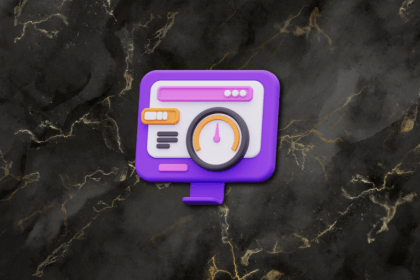
Get strategic with your design process. This blog walks through 15 UX frameworks, categorized and summarized for fast, informed decision-making.
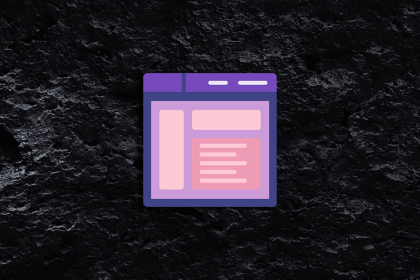
Tooltips are useful and sometimes a necessity in user experience design because they can help guide users through a UI pattern.

If you’re building in fintech, your UX needs to do more than look good. It needs to feel right. Here’s how to make that happen.
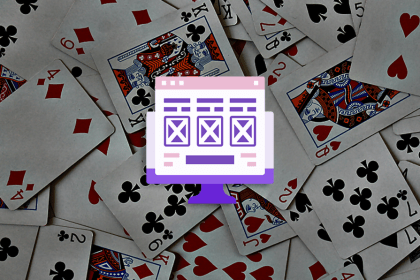
By adhering to these best practices for card design, you can create interfaces that are visually appealing and user friendly.

This post unpacks why your ideal UX journey rarely matches real user behavior — and what to do when people don’t follow the script.

Glassmorphism is a UI trend that’s used to create the illusion of a glass-like texture to give a fresh, transparent feel to interfaces.

Don’t waste wait time. Here are my personal fav smart ways to turn loading screens into delightful, helpful moments your users will actually enjoy.
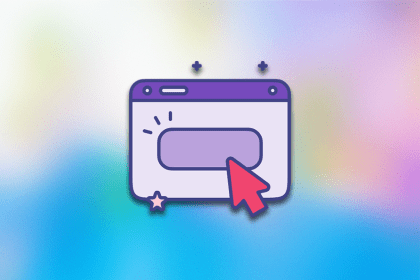
Buttons are one of the most common components in UX design. Learn how to create buttons that guide users effectively.

Improve loading UX with skeleton screens. This guide breaks down what they are, how they work, and how top apps use them.
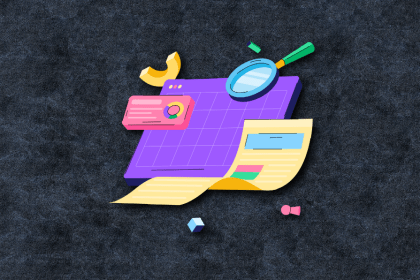
Give users control over complex datasets with smart filtering, faceted search, and query syntax. This guide walks through how to build effective advanced search UIs.

These 40 UI elements are your design foundation. Find out what they do, where they belong, and how to use them with confidence.
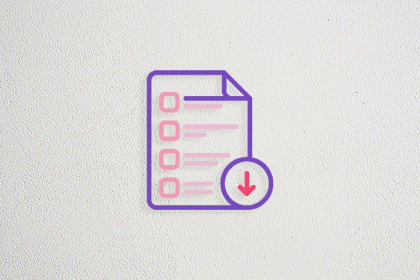
When designed well, forms can leave a user feeling delighted and accomplished. These guidelines can help you create a smooth user experience.